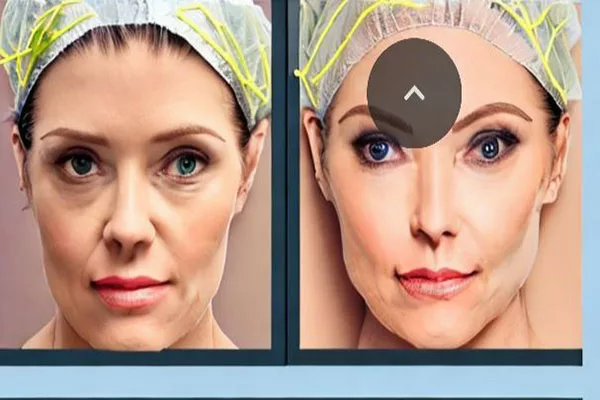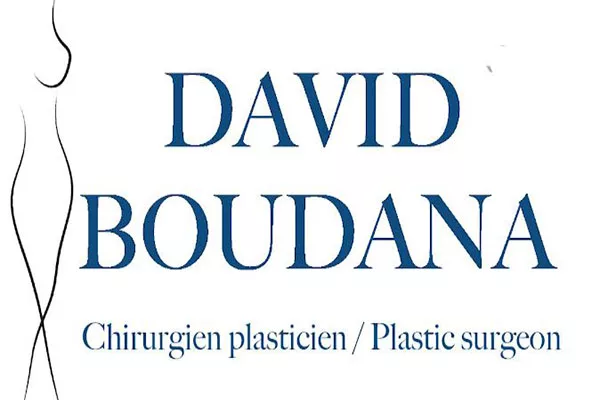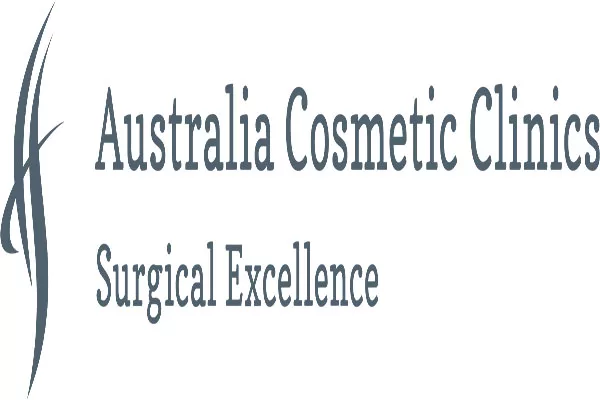Plastic surgery is a medical specialty that deals with the reconstruction, alteration or restoration of body parts. It is an elective procedure that many people undergo to enhance their physical appearance or correct a congenital condition. While plastic surgery has become increasingly popular over the years, it is not without its risks. Complications can arise during or after the procedure that can have serious consequences. One such complication is congenital symmastia. In this article, we will explore what congenital symmastia is, its causes, symptoms, and treatment options.
What is Congenital Symmastia?
Congenital symmastia, also known as breast synmastia, is a rare but serious complication of breast augmentation surgery. It occurs when there is a lack of separation between the two breasts, resulting in a single unified breast. This condition can occur due to different reasons like genetics, hormonal changes, or the surgical techniques used during the procedure.
Causes of Congenital Symmastia
Congenital symmastia can be caused by a variety of factors, including:
- Genetics: Some people are born with a genetic predisposition to symmastia. This means that they have a family history of the condition and are more likely to develop it themselves.
- Hormonal changes: Hormonal changes during puberty, pregnancy, or menopause can also lead to symmastia.
- Surgical techniques: Surgeons who use certain surgical techniques, such as creating a large implant pocket or using a large implant that is not supported by the tissue, can also cause symmastia.
- Trauma: Trauma to the chest area, such as a car accident, can also result in symmastia.
Symptoms of Congenital Symmastia
The symptoms of congenital symmastia are typically easy to identify. The most common symptom is the appearance of a single unified breast that lacks the natural crease that separates the two breasts. Other symptoms may include:
- Pain or discomfort in the chest area
- Swelling or redness around the breast
- Difficulty breathing, especially when lying down
- Difficulty finding clothing that fits properly
It is important to note that symptoms may differ from person to person, and some may experience no symptoms at all.
Diagnosis of Congenital Symmastia
Diagnosis of congenital symmastia can usually be done by a plastic surgeon, who will conduct a physical examination and review the patient’s medical history. The surgeon may also use diagnostic imaging tests, such as mammography, ultrasound, or magnetic resonance imaging (MRI) to confirm the diagnosis.
During the examination, the surgeon will check for the following:
- The presence of a single unified breast with a lack of a natural crease
- The amount of separation between the two breasts
- The amount of breast tissue present
- The strength and position of the chest muscles
The surgeon may also ask the patient about any symptoms they are experiencing and any previous breast surgeries they may have had.
Treatment Options for Congenital Symmastia
The treatment for congenital symmastia will depend on the severity of the condition and the individual’s goals for treatment. Some treatment options include:
- Non-surgical treatment: For mild cases of symmastia or for those who do not want surgery, non-surgical options like wearing a specialized bra or using fat grafting to enhance the tissue of the separated area may be recommended.
- Surgical treatment: For more severe cases of symmastia, surgery may be required. The surgical technique used will depend on the individual’s goals as well as the severity of the condition.
Some surgical options include:
- Closing the gap: A surgeon may simply close the gap between the two breasts by creating a new crease or fold. This may involve moving the implant, reshaping the breast tissue, or both.
- Creating a new pocket: Sometimes, creating a new pocket for the implant is necessary to separate the two breasts. This involves changing the position of the implant and reshaping the breast tissue.
- Implant removal: In some cases, the implant may need to be removed altogether to correct the condition. This may be followed by fat grafting to the area for a more natural-looking result.
Combination of surgical and non-surgical treatment: In some cases, a combination of surgical and non-surgical treatments may be used to achieve the desired result. This may involve moving the implant, closing the gap, reshaping the breast tissue, and using fat grafting to enhance the tissue of the separated area.
Complications Associated with Treatment
As with any surgical procedure, there are potential risks and complications associated with treatment for congenital symmastia. Some of these complications may include:
- Infection: There is a risk of infection with any surgical procedure. This can be minimized by taking precautions and following proper aftercare instructions.
- Bleeding: Excessive bleeding can occur during or after surgery, and may require additional treatment or even surgical intervention.
- Numbness: Numbness or loss of sensation in the breast area is a common side effect of breast surgery, and can be temporary or permanent.
- Scarring: Scarring can occur after breast surgery, especially if the incisions are large. Some scarring may be visible, while others may not be noticeable.
It is important to talk to your surgeon about the potential risks associated with any treatment for congenital symmastia, as well as how to minimize these risks.
Preventing Congenital Symmastia
While there is no foolproof way to prevent congenital symmastia, there are steps that can be taken to minimize the risk. These include:
- Choosing the right surgeon: It is important to choose a board-certified plastic surgeon who has experience performing breast surgery and who uses proper surgical techniques.
- Avoiding large implants: Large implants can put excessive pressure on the breast tissue and increase the risk of symmastia. It is important to choose implants that are appropriate for your body size and shape.
- Following proper aftercare instructions: Following proper aftercare instructions, such as limiting physical activity and avoiding heavy lifting, can help minimize the risk of complications.
- Closely monitoring any changes in the breast area: Paying close attention to any changes in the breast area and reporting them to your surgeon can help catch any potential issues early on.
While these steps may not guarantee that symmastia won’t occur, they can help reduce the risk of developing this condition.
Conclusion
Congenital symmastia is a rare but serious complication of breast surgery that can have significant physical and emotional consequences. While the causes of symmastia can be genetic or due to surgical techniques or trauma, the symptoms are usually easy to identify. Treatment options for symmastia include both surgical and non-surgical approaches, and the best treatment option will depend on the severity of the condition as well as the individual’s goals for treatment. It is important to discuss the risks and potential complications associated with any treatment option with your surgeon beforehand. While there is no surefire way to prevent symmastia, taking steps like choosing the right surgeon and following proper aftercare instructions can help reduce the risk of developing this condition.
Resources
If you are considering breast surgery or have questions or concerns about congenital symmastia, there are additional resources available. These include:
- The American Society of Plastic Surgeons: This organization provides information on breast surgery, including the risks and benefits of different procedures, and can help you find a board-certified plastic surgeon in your area.
- The National Institute of Arthritis and Musculoskeletal and Skin Diseases: This organization provides information on skin, muscle, and bone conditions, including congenital symmastia, and may provide additional resources and information for those affected by these conditions.
- Patient advocacy groups: Patient advocacy groups like the Breast Cancer Network of Strength or the Breast Reconstruction Advocacy Project can provide emotional support and information to those who have undergone breast surgery.
Remember that while breast surgery can be an effective way to enhance your physical appearance or correct a congenital condition, it is important to fully understand the risks and potential complications associated with any procedure. With proper research, consultation with a qualified surgeon, and careful consideration of your goals, you can make an informed decision about whether or not breast surgery is right for you.
References:
- American Society of Plastic Surgeons. Breast Implant Revision Surgery – Symmastia. https://www.plasticsurgery.org/reconstructive-procedures/breast-implant-revision/symmastia-surgery
- Breast Cancer Network of Strength. https://www.networkofstrength.org/
- Breast Reconstruction Advocacy Project. https://www.brap.org/
- 4. National Institute of Arthritis and Musculoskeletal and Skin Diseases. Breast Reconstruction Surgery. https://www.niams.nih.gov/health-topics/breast-reconstruction-surgery
- Plastic and Reconstructive Surgery. Congenital symmastia: 10-year experience with a new surgical procedure. https://journals.lww.com/plasreconsurg/Abstract/2002/03000/Congenital_Symmastia__10_Year_Experience_with_a.18.aspx.







